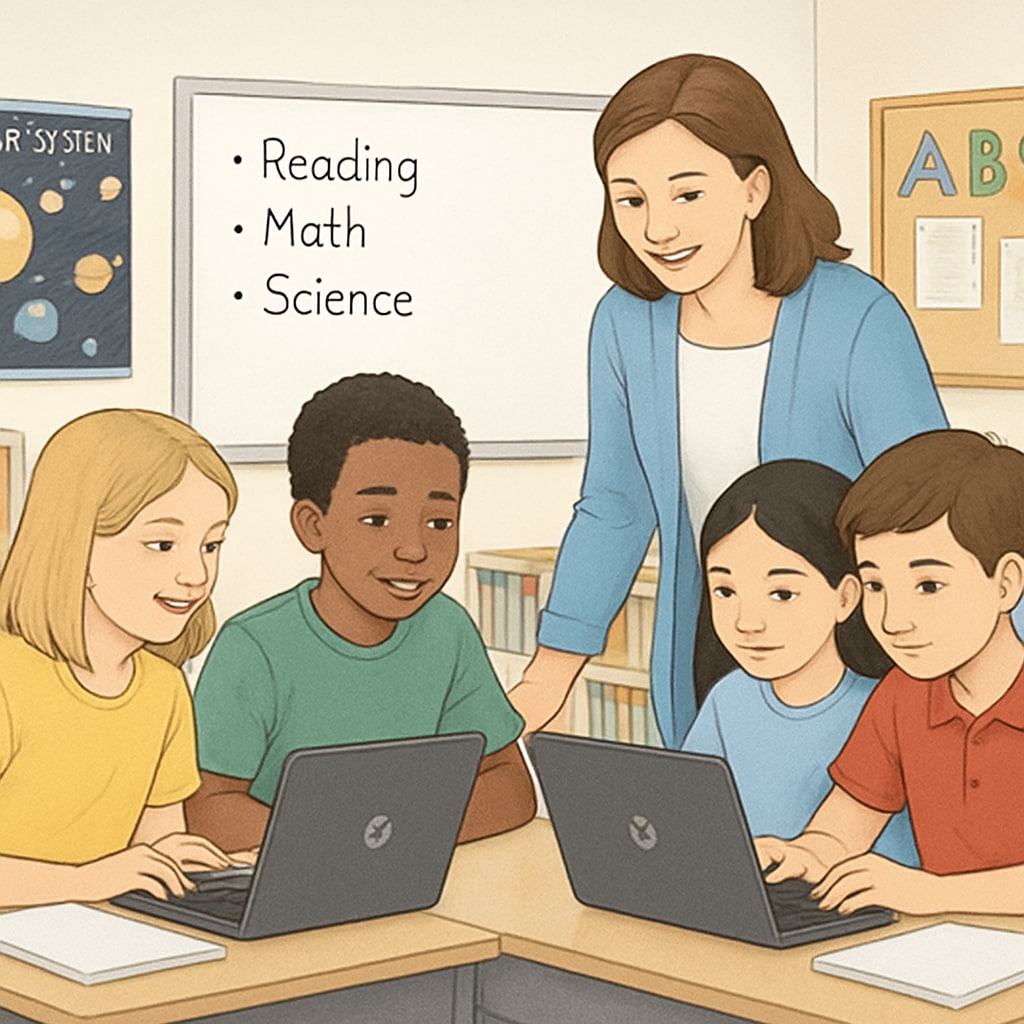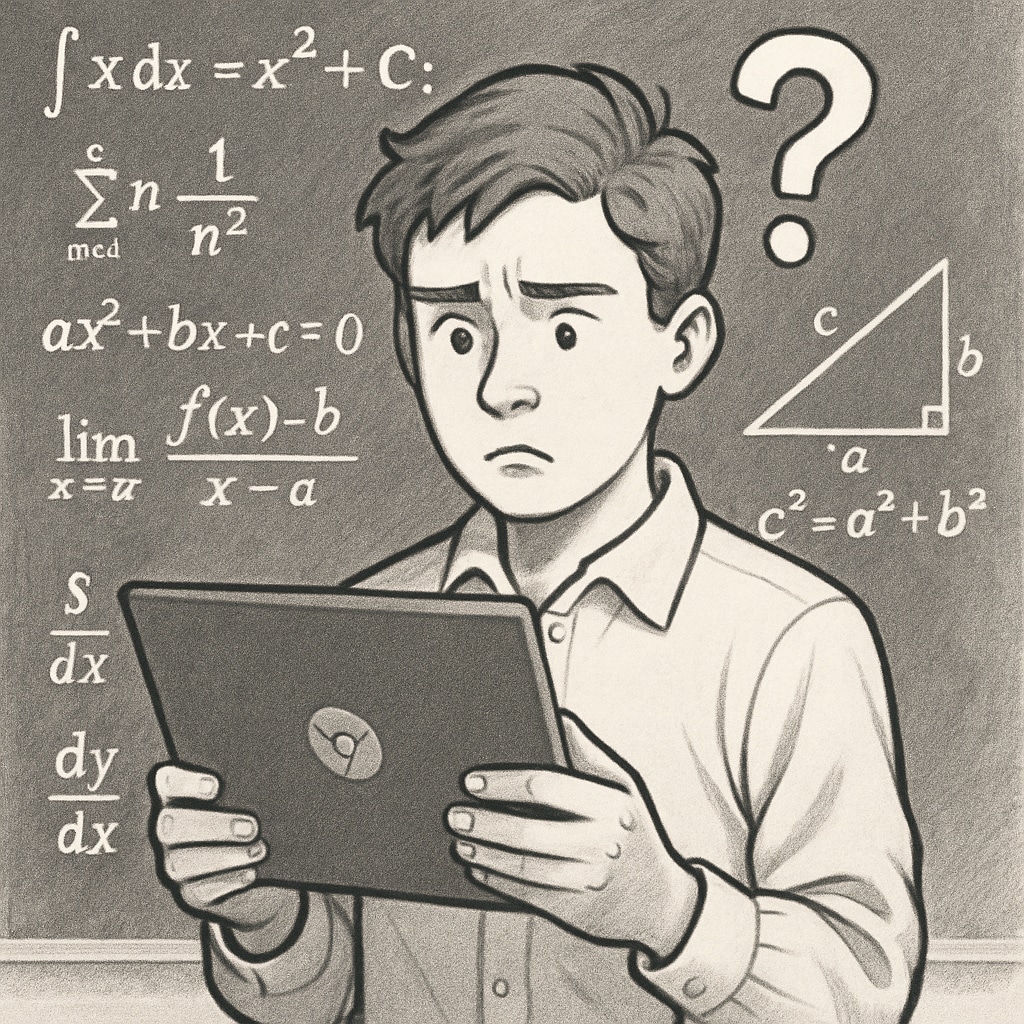In today’s education landscape, the use of modern educational technology, including tools like Chromebooks, has become widespread in K12 classrooms. While these tools significantly boost teaching efficiency and engagement, they pose an important question: are they inadvertently hindering the development of critical thinking in students? As educators embrace technology to streamline instruction, it is critical to examine the trade-offs between technological efficiency and the cultivation of deep, analytical thought skills.
The Rise of EdTech in K12 Classrooms
Technology has become an integral part of modern education. Devices like Chromebooks are now as common in classrooms as pencils and notebooks were a generation ago. These tools offer numerous advantages, such as instant access to information, interactive learning platforms, and administrative simplicity. For example, teachers can distribute assignments, monitor progress, and provide feedback more efficiently than ever before. Furthermore, platforms like Google Classroom and Kahoot have made learning more engaging and accessible, especially in remote or hybrid settings.
However, this convenience comes with potential downsides. Critics argue that the overreliance on educational technology may lead to a more passive learning experience, where students focus on completing tasks rather than questioning and analyzing information. As a result, the emphasis on efficiency may overshadow the need to foster critical thinking skills.

Is Technology Undermining Critical Thinking?
Critical thinking—the ability to analyze, evaluate, and synthesize information—is a cornerstone of education. Yet, the use of technology in classrooms may unintentionally deprioritize these skills. For instance, pre-designed quizzes or multiple-choice assessments on platforms like Quizlet emphasize rote memorization over deeper understanding. Similarly, the instant availability of answers through a quick Google search can discourage students from engaging in independent problem-solving.
Research suggests that while technology can enhance certain aspects of learning, it may reduce opportunities for deeper engagement. According to a Britannica article on critical thinking, the ability to question assumptions and interpret data is key to intellectual development. However, the structured nature of many EdTech tools may limit students’ opportunities to explore these skills.
For example, in a Chromebook-enabled classroom, students might complete a digital worksheet with pre-determined answers. While this task is efficient, it may not encourage them to ask “why” or “how,” which are fundamental to critical thinking. This shift from exploration to task completion could have long-term implications for students’ cognitive development.

Striking the Right Balance
To ensure that educational technology supports rather than undermines critical thinking, educators must adopt a balanced approach. Here are some strategies to consider:
- Blend technology with discussion-based learning: Incorporate class debates, Socratic seminars, and open-ended questions alongside EdTech tools to encourage analytical thinking.
- Promote project-based learning: Assignments that require students to create, evaluate, and present findings can help develop critical thinking skills while leveraging technology as a resource.
- Use adaptive learning platforms: Tools like Khan Academy offer personalized feedback, guiding students to reflect on their mistakes and understand concepts deeply.
- Encourage digital literacy: Teach students to critically evaluate online sources and question the reliability of information found on the internet.
By integrating these methods, educators can ensure that technology serves as a tool for deeper learning, rather than a hindrance to intellectual growth.
The Path Forward: Rethinking EdTech Implementation
While educational technology like Chromebooks is here to stay, its implementation should be thoughtful and strategic. Teachers and administrators must focus on creating an environment where technology complements, rather than replaces, traditional methods of cultivating critical thought. For example, pairing digital assignments with reflective essays or group discussions can bridge the gap between efficiency and depth.
Moreover, professional development for educators is essential. Teachers must be equipped with the knowledge and tools to integrate technology in ways that prioritize critical thinking. Organizations like the International Society for Technology in Education (ISTE) provide valuable resources for this purpose.
Ultimately, the goal should be to create a learning environment that leverages the benefits of EdTech without compromising the intellectual and analytical skills students need for the future.
Readability guidance: This article maintains a balance between concise sentences and detailed explanations. Lists and examples are used to enhance clarity, and overuse of passive voice is avoided to ensure an engaging reading experience.


